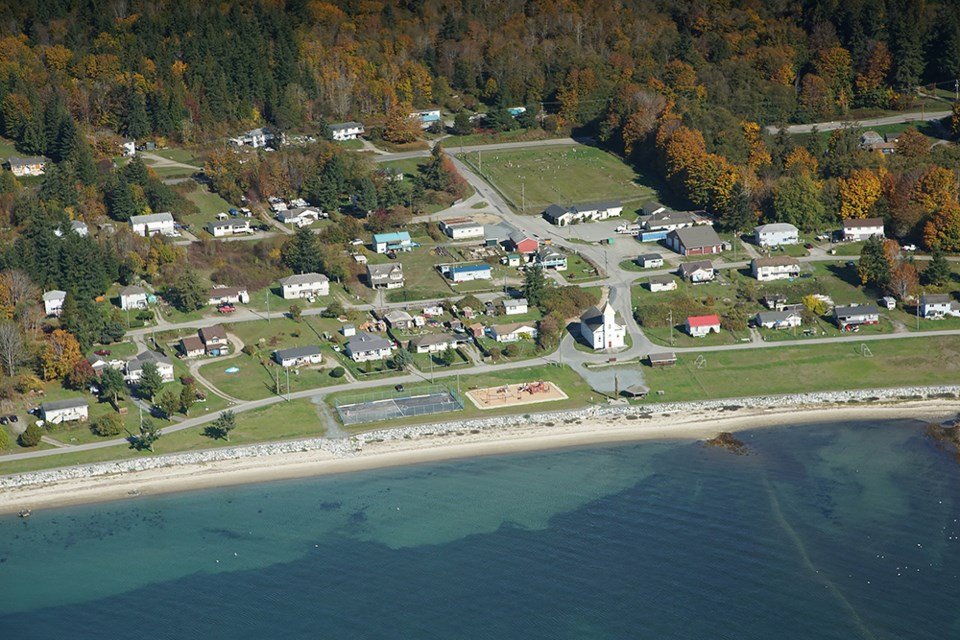Treaty partners Tla’amin Nation and the Province of British Columbia will now share information to facilitate more effective protection of cultural heritage sites throughout Tla’amin territory and qathet region.
According to a media release from Tla’amin Nation and the provincial government, the agreement will support enhanced government-to-government collaboration between the treaty partners on compliance and enforcement matters under the Heritage Conservation Act (HCA). This agreement moves the treaty partners one step closer to a comprehensive heritage stewardship and enforcement agreement as envisioned under Tla’amin treaty, the release stated.
“Effective enforcement requires collaboration and information sharing,” stated Tla’amin hegus John Hackett. “This agreement will help us protect and preserve our ancestors’ remains and our cultural treasures. Importantly, it will shine a light on those rare bad actors who disrespect them.”
There are more than 632 registered archeological sites in Tla’amin ʔəms giǰɛ (territory), many in coastal remote locations, the release stated. Monitoring these sites effectively has been a challenge.
Tla’amin Nation is building a team of culture and heritage technicians (CHTs) to act as archeological monitors. CHTs responded to 348 requests last year alone, the release stated. CHTs report compliance issues to the compliance and enforcement branch, who are responsible for enforcement.
“Archaeological sites are home to Tla’amin Nation’s history and ancestors, places of tradition and culture, and need to be respected and protected,” stated minister of forests Bruce Ralston. “Opening up information-sharing avenues creates a more dynamic process around the protection of archaeological sites. This agreement is the first of its kind in the province and a big thank you goes out to Tla’amin Nation for the work that went into this historic agreement.”
The new agreement involves sharing information and relevant details associated with inspections and investigations under the HCA within Tla’amin territory, the release stated. As such, it includes provisions which account for privacy and the protection of personal information, according to the release.
Importantly, the agreement provides a new set of tools for the treaty partners to look carefully at the Tla’amin heritage values, including the Tis’kwat mill site and dam infrastructure, the release stated.
The province is currently undertaking the heritage conservation transformation project, which seeks to transform the HCA to provide for alignment with the United Nations Declaration on the Rights of Indigenous Peoples, the release stated. Going forward, the treaty partners will be able to update the agreement if changes are needed as a result of the HCA transformation project.
The agreement is called payɛčepot yiyχmɛt kʷʊms taʔow, which means: always take care of our teachings from our ancestors.
Join the Peak's email list for the top headlines right in your inbox Monday to Friday:prpeak.com/account/mailinglist.



